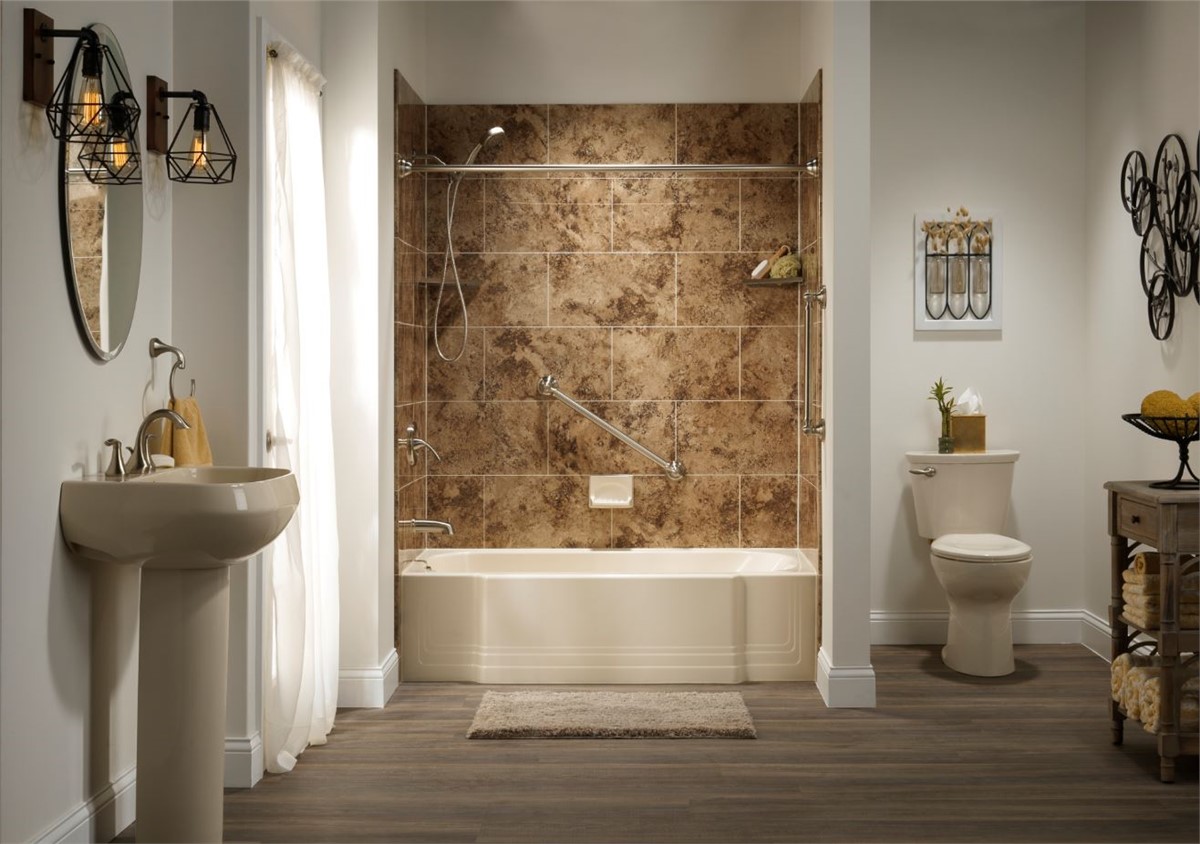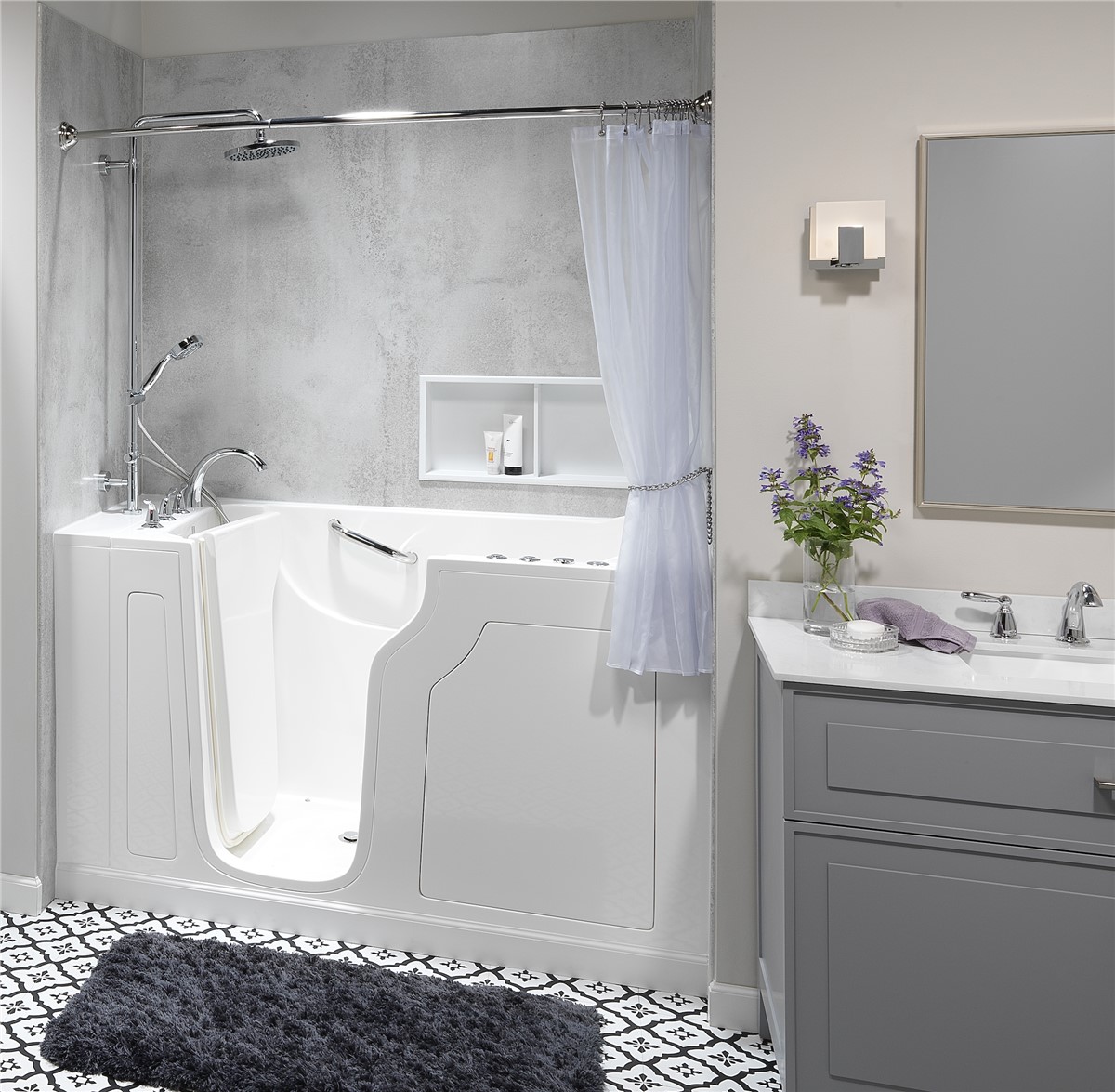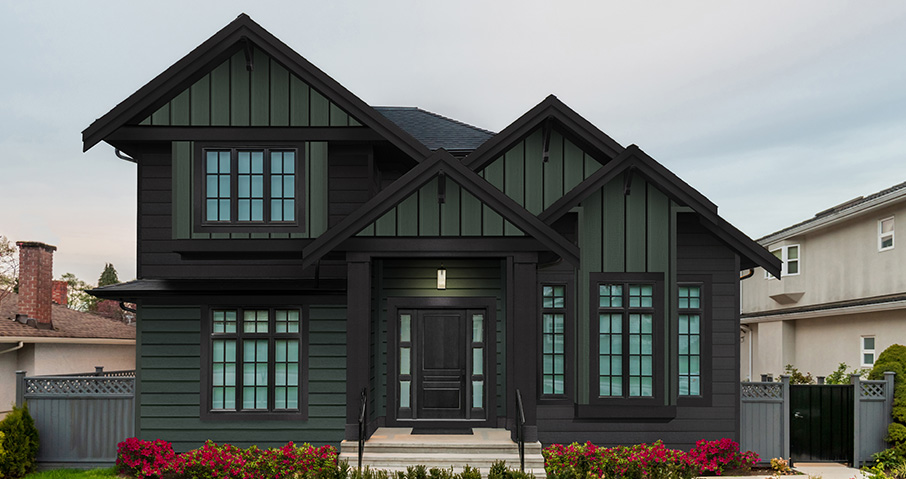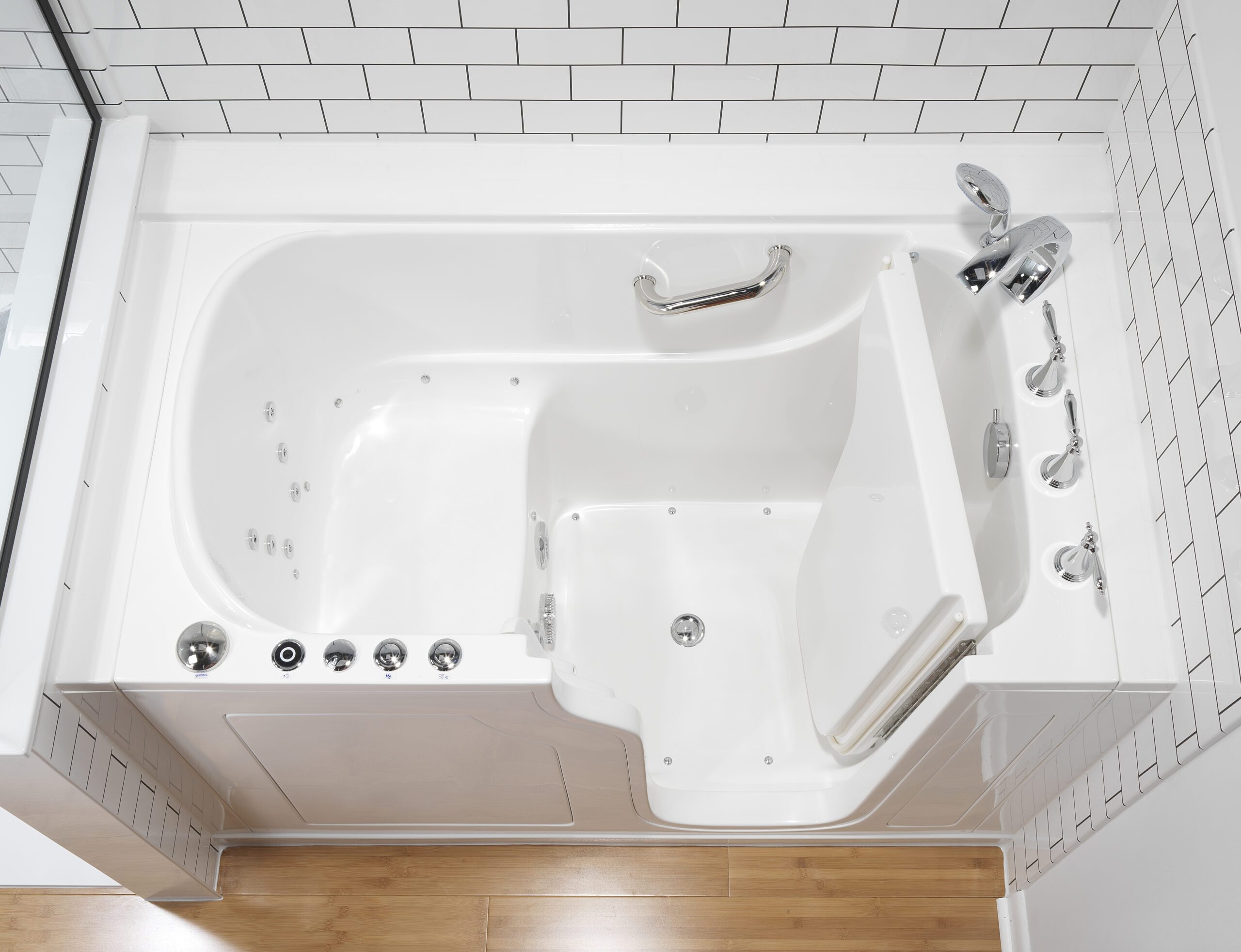Energy Efficiency Showdown: Single Hung vs Double Hung Windows
Windows are an essential element of any home, providing natural light, ventilation, and views of the outdoors. However, not all replacement windows are created equal when it comes to energy efficiency. Two of the most popular window styles are single hung and double hung windows, and each has its unique benefits and drawbacks. In this Energy Efficiency Showdown, we’ll explore single hung vs double hung windows and help you decide which one is the best choice for your home.
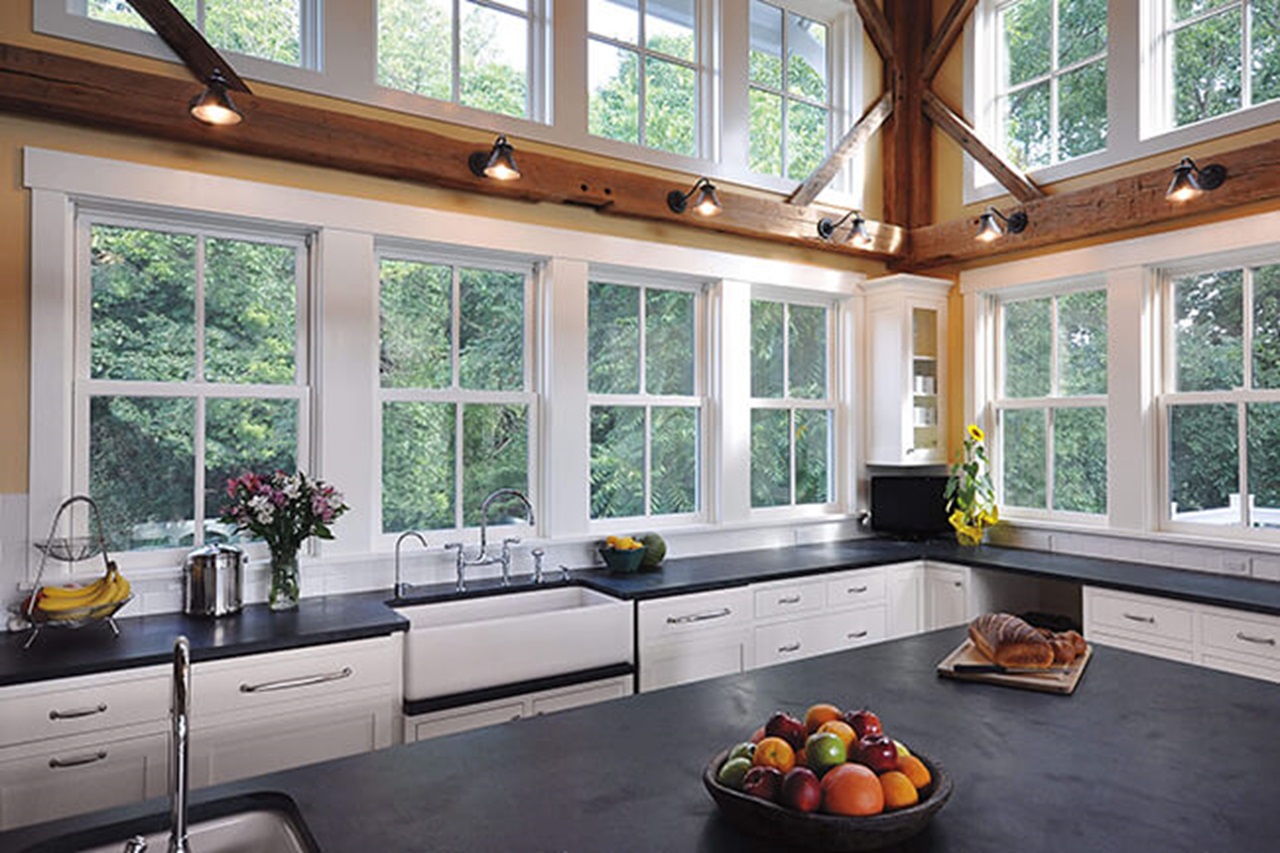
What are Single Hung Windows?
Single hung windows consist of two panes of glass, one fixed and the other operable. The operable sash can be raised to allow fresh air to enter the room. However, only the bottom sash is operable, while the top sash is fixed in place. This design limits the ventilation that single hung windows can provide.
Single hung windows are one of the most common window styles on the market. They are made up of two sashes, one on the top and one on the bottom, with the bottom sash being able to open and close. The top sash is stationary and does not move. This type of window is also referred to as a “one-over-one” window, as it has one sash on top of the other. Single hung windows are usually more affordable than double hung windows, and they are easier to install.
One of the biggest advantages of single hung windows is that they can be opened from the inside, making them a great choice for upper-floor windows. This allows you to open the window to let in fresh air while still being able to close it for added security. These windows also tend to be more airtight than double hung windows, making them a great choice for energy efficiency.
What are Double Hung Windows?
Double hung windows consist of two sashes, both of which are operable. Both the top and bottom sashes can be opened, providing more ventilation options. Double hung windows are a popular choice for homeowners who want a classic look and the ability to control airflow.
Double hung windows are similar to single hung windows, but with two operable sashes. The top and bottom sashes both move up and down, providing more flexibility when it comes to ventilation. This type of window is also referred to as a “two-over-two” window, as it has two sashes on top of each other. Double hung windows are more expensive than single hung windows, but they are easier to clean as both sashes can tilt inwards for easy access.
One of the main benefits of double hung windows is that they provide more airflow than single hung windows. With two operable sashes, air can come in through the top sash and out through the bottom sash, creating a cross-breeze in the room. This helps to keep the space cooler in the summer and warmer in the winter, making double hung windows a great choice for energy efficiency.
Advantages and Disadvantages of Single Hung Windows
There are a number of benefits of single hung windows when it comes to energy efficiency. They are cheaper than double hung windows, making them a great option for budget-conscious homeowners. They are also easier to install and maintain, as the stationary top sash does not need to be opened or closed.
However, single hung windows also have some drawbacks when it comes to energy efficiency. They provide less airflow than double hung windows, as only the bottom sash can be opened. This means that the room can become stuffy in the summer and drafty in the winter. Additionally, the stationary top sash creates an additional layer of insulation, which can reduce energy efficiency.
Advantages and Disadvantages of Double Hung Windows
Double hung windows have a number of advantages when it comes to energy efficiency. They provide more airflow than single hung windows, as both sashes can be opened, creating a cross-breeze in the room. This helps to keep the space cooler in the summer and warmer in the winter, making them a great choice for energy efficiency.
However, double hung windows also have some drawbacks when it comes to energy efficiency. They are more expensive than single hung windows, making them a less budget-friendly option. They also require more maintenance, as both sashes need to be opened and closed. Additionally, the operable sashes create a gap between the two sashes which can lead to air leakage and reduced energy efficiency.
Energy Efficiency: Which One Performs Better?
When it comes to energy efficiency, the choice between single hung and double hung windows depends on the climate of your region. Single hung windows have only one movable sash, which means there is less opportunity for air leakage compared to double hung windows. This makes them a better option for homes located in areas with extreme weather conditions, such as high winds, heavy rain, and snow.
On the other hand, double hung windows are more energy-efficient in moderate climates. The ability to open both the top and bottom sashes allows for better airflow and ventilation, making them a good choice for regions with mild temperatures. Additionally, double hung windows often come with weatherstripping and other energy-efficient features, which can reduce air infiltration and heat loss.
Energy Efficient Infinity by Marvin Windows
Swapping out old windows for energy-efficient Infinity by Marvin window options can not only help to trim down household bills, but also provide a great deal of additional advantages. These windows can be responsible for how much warmth enters and exits your home, making it a more comfortable environment.
- U-factor – Homeowners may have varying preferences when it comes to efficiency levels, but .30 is typically considered a “good” U-factor. The ideal Solar Heat Gain rating (on a 0-1 scale) will depend on the climate of the region. In areas with intense sunlight, a low SHGC is typically desired; whereas, in colder climates, a higher SHGC value is more suitable.
- Low E Coating – The capacity of a material to transmit energy in the form of heat is referred to as its emissivity. Thin layers of specially manufactured low emissivity metallic material are applied to the glass panes used in windows and doors to raise their energy efficiency. Low E coatings, usually placed on the inside layers of insulated glass, manage the degree of light and heat either transmitted through a window or reflected off it.
- Energy Star – The ENERGY STAR label can be a useful tool in helping to determine energy-efficient windows for your home; however, the unique features of each residence, such as window orientation, size, and Solar Heat Gain, are not taken into account. The window experts at Nex-Gen can provide personalized recommendations and suggest options that fit your home’s distinct needs.
Energy Efficient Anlin Windows
Anlin Windows are crafted with the latest energy-saving advancements to ensure maximum efficiency and cost savings regardless of the environment:
- Next Generation Glazing System – The newest glazing system, featuring top-grade glass and a spacer between the panes, provides incomparable energy efficiency.
- Anlin XTRU – Anlin has developed its own Titanium Dioxide Infused Vinyl Extrusion, named XTRU, which has been specifically engineered to provide maximum strength, long-term durability, and energy efficiency.
- Triple-fin Weatherstrip – This triple-fin weatherstrip features four areas of soft filling that create an effective barrier against the elements and offers excellent protection against air infiltration.
Energy efficiency is just one of the many reasons to choose Anlin Windows.
Cost: Which One is More Affordable?
The cost of single hung vs double hung windows can vary depending on the size, material, and features. Generally, single hung windows are less expensive than double hung windows. This is because they have fewer moving parts, which reduces production costs. Additionally, single hung windows are more widely available, making them a more affordable option.
However, it’s important to note that the overall cost of the window is not the only factor to consider. Energy-efficient windows may cost more upfront, but they can save you money in the long run on heating and cooling bills. It’s also important to consider the cost of installation, as some window types may require more labor and materials.
Other Factors to Consider
Aside from energy efficiency, durability, and cost, there are other factors to consider when selecting between single hung and double hung windows. Here are a few:
Style and Aesthetics: Double hung windows have a more traditional look and are often preferred in historic homes, while single hung windows have a sleeker, modern design.
Security: Double hung windows are generally considered more secure since they have two locks and two sashes, making them harder to break into.
Cleaning: Double hung windows are easier to clean since both sashes can be tilted inwards, allowing for easy access to the exterior glass.
The Final Verdict: Single Hung vs Double Hung Windows
When it comes to selecting the right window style for your home, one must weigh the pros and cons of single hung vs double hung windows. Double-hung windows offer more versatility as both the top and bottom panes can be opened, making them ideal for ventilation and security. Furthermore, they are easier to maintain and clean than single-hung windows. For those looking to maximize versatility, style, and functionality, double-hung windows are the top choice.


